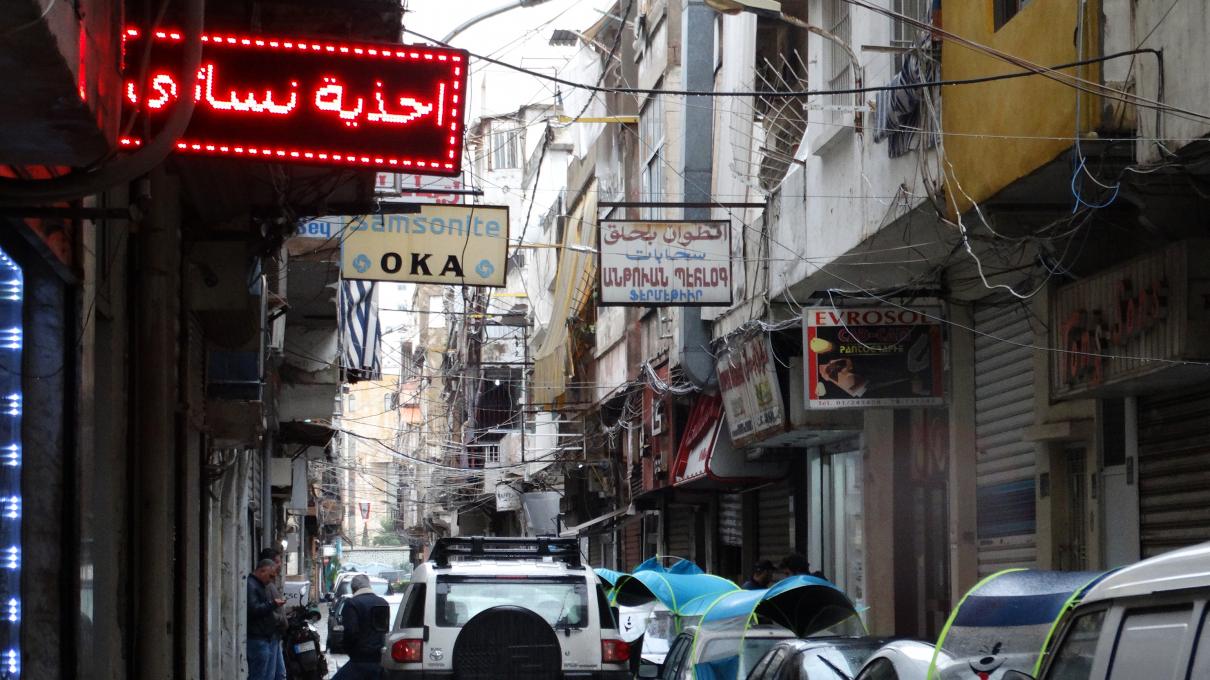Community Streets: Reconsidering Street Design & Non-Motorized Mobility After the Beirut Blast

Team: Andres Sevtsuk, Maya Abou Zeid, Bahij Chancey, Prathito Andy Wisambodhi, Justin Kollar, Daniel Pratama, Jawad Haddad, Rawad Makhlouf, and Mohamad Halabi
We propose a measure-analyze-pilot methodology that seeks to document, understand, and promote pedestrian mobility and active street life in Beirut. In the aftermath of the August 2020 explosion at Beirut’s Port that resulted in loss of life, personal injury, and severe damage, this project will develop novel data about Beirut’s streets and public spaces with a focus on the pedestrian experience, particularly vulnerable street users including children and the elderly. The project will focus on the neighborhoods around the port explosion and build on existing data with novel measurement and analysis techniques in order to identify a network of Community Streets where walking and non- motorized transportation options should be prioritized in order to reinvigorate street life and communal culture, support retail businesses, and encourage sustainable and healthy mobility. Pedestrian and non-motorized traffic measurements will be carried out with an innovative set of camera-based technologies that employ computer vision AI techniques to automatically identify and categorize pedestrians, bicyclists and vehicles, utilizing edge computing to protect individual privacy and generate real-time longitudinal data. These data will be used to calibrate a pedestrian flow model in the area, which will inform the selection of Community Streets for improvements, and offer an evidence-based platform for examining the accessibility benefits of alternative street choices and implementation scenarios. Based on the results, a co-generative process is proposed to design short term pilot programs and physical interventions that bring the network of Community Streets to life, encouraging the return and growth of Beirut’s active street culture and commerce.
By working in collaboration with professors and students from AUB, and neighborhood organizations, the project will equip local stakeholders with the technology, means, and methods to expand the use of pedestrian modeling techniques in Beirut and lay the groundwork for permanent and long-term improvements to walking conditions on the city’s streets. While traditional automobile traffic measurements guide urban development processes in Beirut and other parts of the Arab Middle East alike, this project will introduce unique pedestrian measurement and traffic modeling tools to the city that will promote the shift to a more walkable, sustainable, and commercially active urban realm.
Funding for this research was provided by the Dar Group Urban Seed Grant Program at the Norman B. Leventhal Center for Advanced Urbanism, Massachusetts Institute of Technology.


